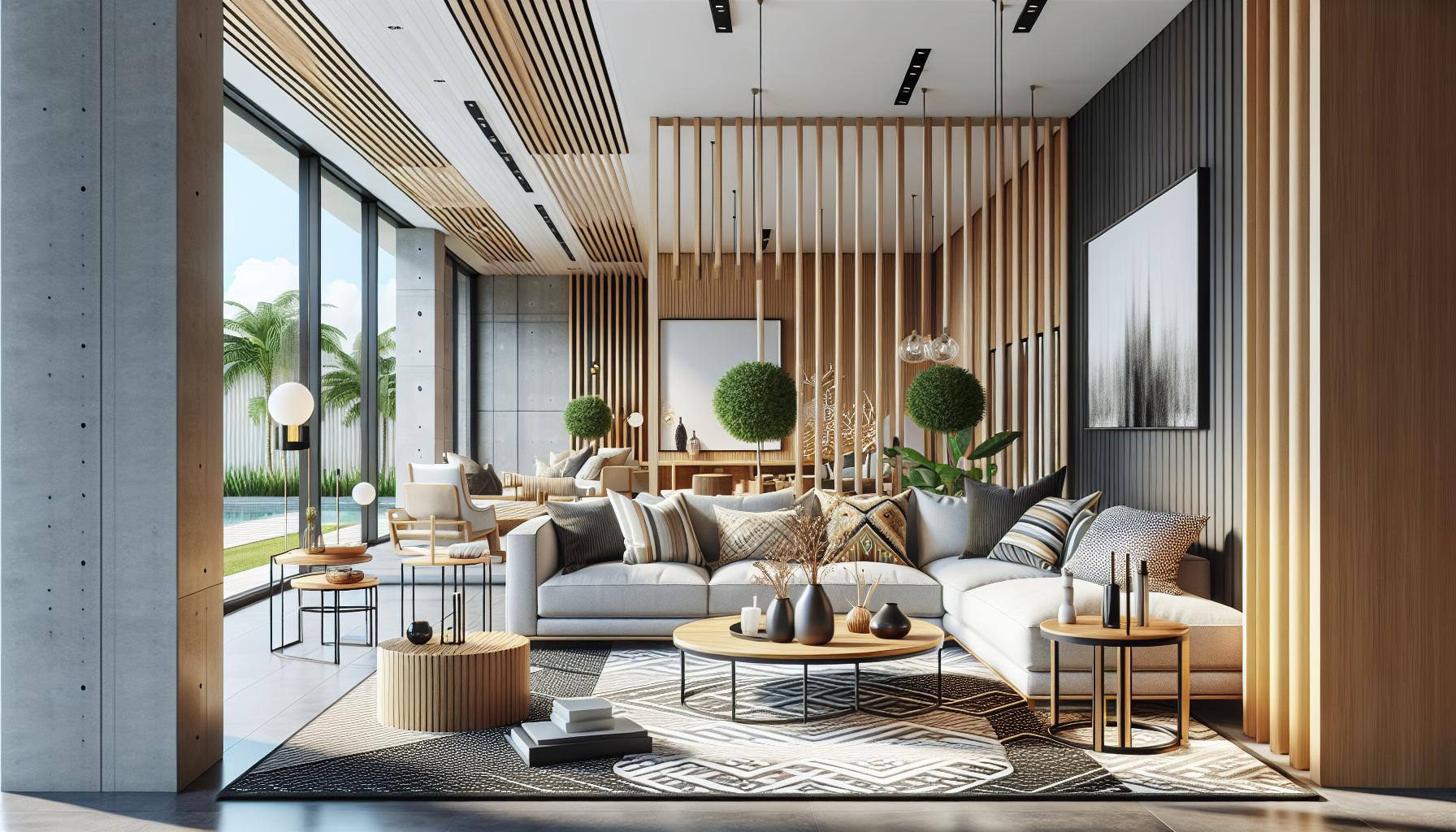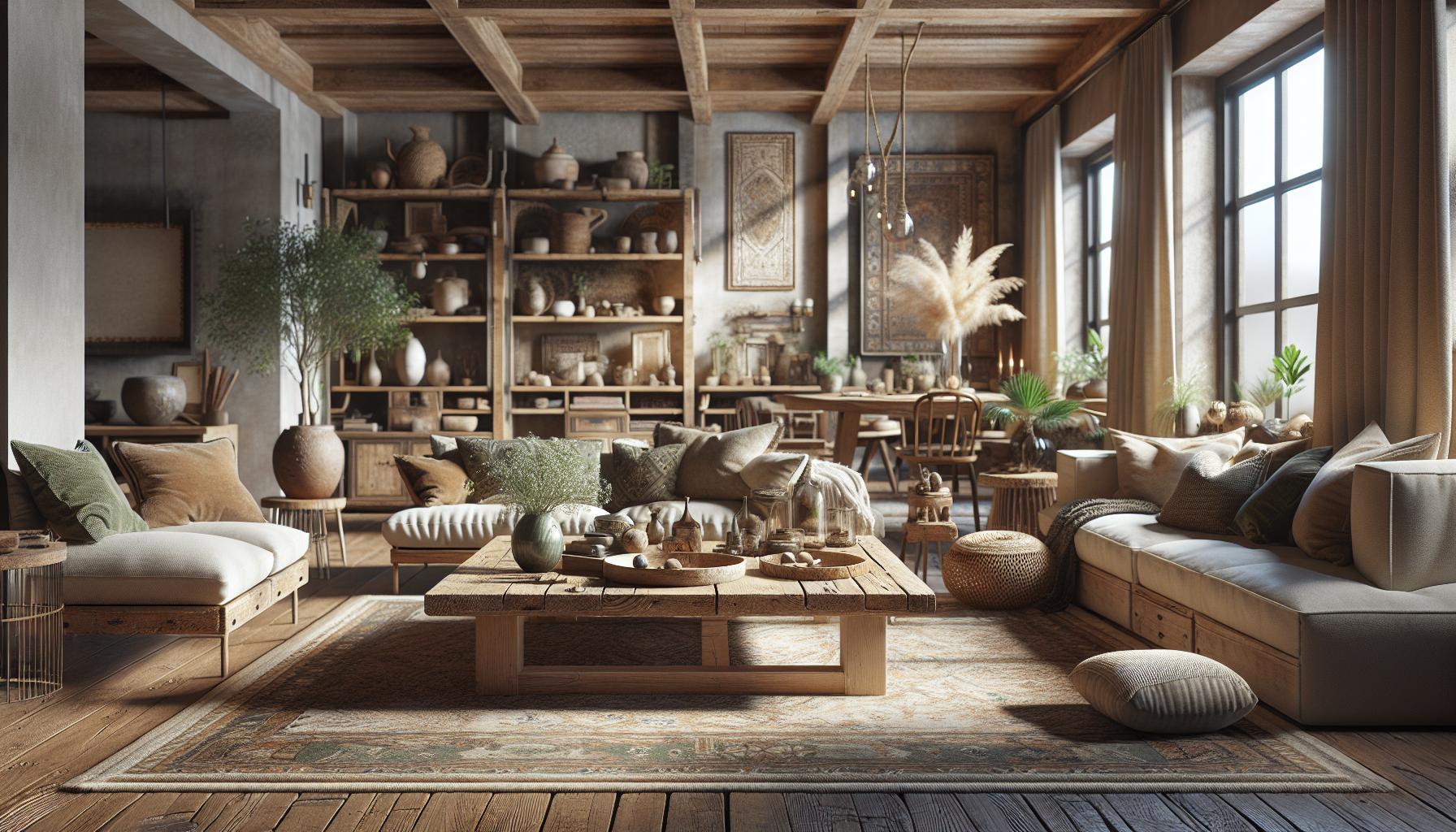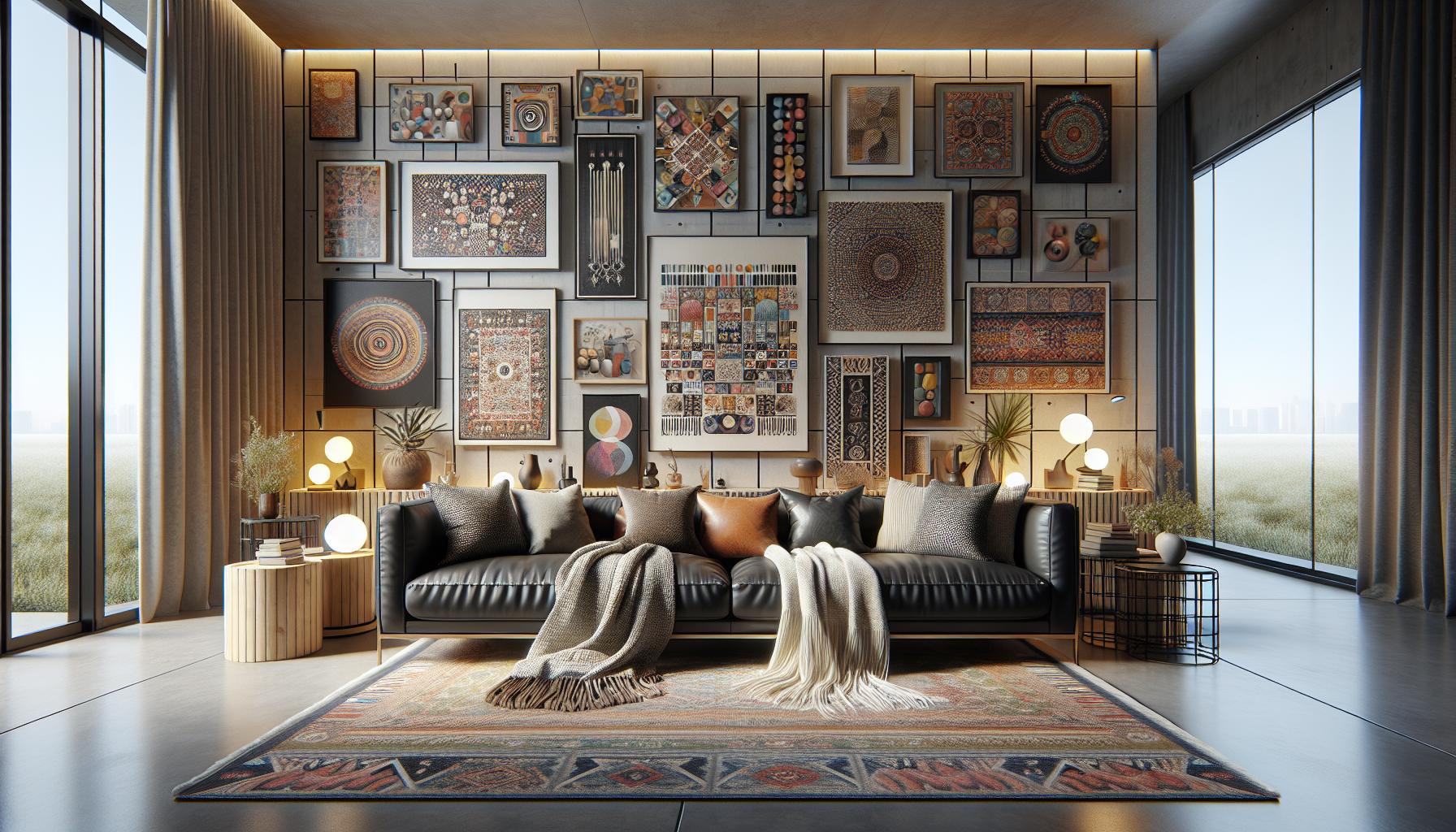Interior design isn’t just about aesthetics; it’s about creating spaces that reflect personality and enhance functionality. Whether someone is redecorating a single room or embarking on a complete home makeover, understanding the basics can transform any space into a harmonious environment.
From color theory to spatial arrangement, the fundamentals of interior design empower individuals to make informed choices. By grasping these core principles, anyone can elevate their living spaces, making them not only visually appealing but also comfortable and practical. Dive into the essentials of interior design and unlock the potential of every room.
Key Takeaways
- Interior Design Principles: Understanding key principles such as balance, contrast, harmony, focal points, and scale is essential for creating functional and aesthetically pleasing spaces.
- Importance of Space Planning: Effective space planning maximizes functionality and flow, allowing for optimal arrangements that enhance comfort and usability.
- Impact of Color Theory: Colors significantly influence mood and perception; using thoughtful color palettes can elevate the ambiance of any room.
- Furniture Selection Matters: Choosing the right furniture based on scale, proportion, and multifunctionality is crucial to achieving both style and comfort.
- Diverse Styles and Trends: Familiarity with various design styles, from traditional to modern, helps individuals identify solutions that align with their personal tastes and needs.
- Rhythm in Design: Incorporating rhythm through repetition and progression aids in creating a cohesive visual flow that guides the eye through the space.
Basics of Interior Design
Interior design encompasses the art and science of enhancing the interior of a space to achieve a healthier and more aesthetically pleasing environment. It combines various elements, including architecture, furnishings, color palettes, lighting, and spatial arrangements. Designers focus on functionality as well as visual appeal, ensuring that each space serves its intended purpose effectively.
Key principles of interior design include:
- Balance: Achieving visual stability through symmetrical or asymmetrical arrangements.
- Contrast: Utilizing different colors, textures, and shapes to create interest and highlight features.
- Harmony: Ensuring all elements work together cohesively to establish a unified look.
- Focal Point: Creating an area that captures attention immediately, such as artwork or furniture.
- Scale and Proportion: Considering the size of furniture and decor in relation to the space available.
Understanding these principles allows designers to curate spaces that reflect individual styles while promoting comfort and function.
Key Elements Of Interior Design

Key elements of interior design significantly impact the overall aesthetic and functionality of a space. Understanding these components helps create harmonious and practical environments.
Space Planning
Space planning involves arranging furniture and elements within a space for optimal function and flow. Designers evaluate room dimensions, traffic patterns, and purpose to maximize usability. Zoning techniques divide spaces for different activities, enhancing comfort. Effective space planning creates distinct areas while promoting an open, inviting atmosphere.
Color Theory
Color theory plays a crucial role in influencing mood and perception. Different colors evoke specific emotions; for example, blues create tranquility, while yellows provide energy. Understanding color harmonies, such as complementary and analogous schemes, aids in selecting palettes that work cohesively. Thoughtful color choices can enhance natural light and make spaces feel larger or cozier.
Furniture Selection
Furniture selection impacts both comfort and style. Designers consider scale, proportion, and material quality to ensure pieces fit the space visually and physically. Choosing multifunctional furniture, such as sofas with storage or extendable tables, increases versatility. Prioritize durability and ease of maintenance to enhance longevity in high-traffic areas.
Styles And Trends In Interior Design

Interior design encompasses a variety of styles and trends that cater to diverse preferences and needs. Understanding these styles enables individuals to find solutions that align with their tastes while maintaining functionality.
Traditional Styles
Traditional styles reflect a sense of history and elegance, often characterized by classic elements. Popular traditional styles include:
- Colonial: Features symmetry, classic lines, and refined details, often using rich wood tones and historical furnishings.
- Victorian: Showcases ornate details, bold colors, and intricate patterns, with an emphasis on comfort and lavish decor.
- Rustic: Emphasizes natural materials, earthy colors, and texture, creating a warm and inviting atmosphere with a connection to nature.
Traditional designs often incorporate historical references, promoting a timeless look that resonates with many.
Modern Trends
Modern trends in interior design focus on simplicity and functionality, characterized by clean lines and minimalistic approaches. Key modern trends include:
- Minimalism: Prioritizes decluttered spaces with limited decor, emphasizing essential elements and neutral color palettes.
- Industrial: Highlights raw materials, exposed structures, and a blend of vintage and contemporary pieces, creating an urban ambiance.
- Scandinavian: Combines functionality with natural materials and light colors to create bright, airy spaces promoting comfort and simplicity.
Modern trends aim to create practical yet stylish environments, reflecting a more contemporary lifestyle while enhancing aesthetic appeal.
Principles Of Interior Design

Principles of interior design guide the creation of functional and visually appealing spaces. Understanding these principles, including balance, contrast, and rhythm, enhances the overall design process.
Balance
Balance refers to the distribution of visual weight within a space. Designers achieve balance through three types: symmetrical, asymmetrical, and radial.
- Symmetrical Balance: Often used in traditional designs, symmetrical balance creates a mirror effect. Furniture and decor are arranged equally on both sides of a central axis for harmony.
- Asymmetrical Balance: This approach involves the arrangement of dissimilar elements that still create a sense of equilibrium. Different-sized furniture pieces or varying colors can coexist, providing visual interest while maintaining stability.
- Radial Balance: Elements radiate from a central point, creating a sense of movement. This design often occurs in circular arrangements and can enhance the flow of a room.
Contrast
Contrast emphasizes differences to create striking designs. Designers use contrast to highlight particular features or areas in a space.
- Color Contrast: Using opposite colors on the color wheel, such as blue and orange, creates dynamic visual effects. This method is effective for drawing attention to focal points.
- Texture Contrast: Combining various textures, like smooth with rough, adds depth and interest. An example includes pairing sleek leather furniture with a soft, woven throw.
- Size Contrast: Mixing large and small elements can enhance the perception of space. For instance, a large coffee table can be balanced by smaller accent chairs.
Rhythm
Rhythm creates a sense of movement within a space, guiding the eye through the design. Designers establish rhythm using repetition, progression, and contrast.
- Repetition: Repeating colors, patterns, or shapes fosters cohesion. For instance, using a specific color in various decorative elements throughout the room binds the design.
- Progression: Arranging elements in a sequence, from small to large or light to dark, creates visual flow. For example, arranging lighting fixtures that gradually increase in size leads the eye upward.
- Contrast: Varying rhythm through contrasting elements can create dynamic movement. Contrasting shapes or colors can highlight particular parts of the design while enriching the overall look.
Basics of Interior Design
Mastering the basics of interior design empowers individuals to transform their spaces into reflections of their unique styles. By understanding key principles like balance and contrast along with effective space planning, anyone can create environments that are both functional and aesthetically pleasing.
Exploring various styles and trends allows for personal expression while maintaining practicality. Whether opting for a traditional or modern approach, the right choices in color, furniture, and layout can significantly enhance comfort and usability.
Ultimately, a well-designed interior not only elevates the visual appeal but also fosters a healthier and more enjoyable living experience. Embracing these fundamentals opens the door to endless possibilities in creating beautiful spaces.